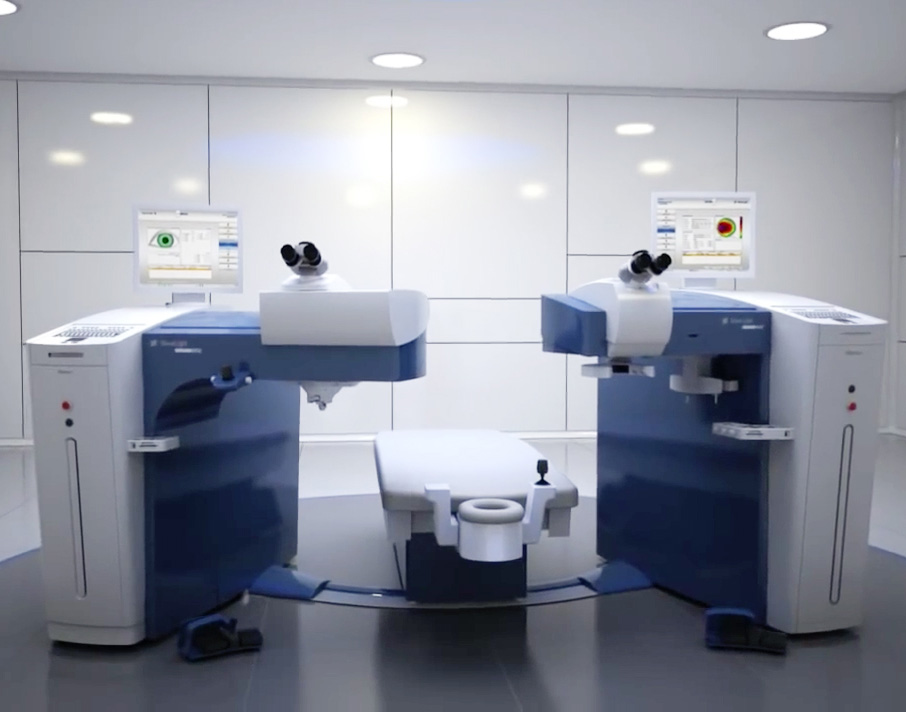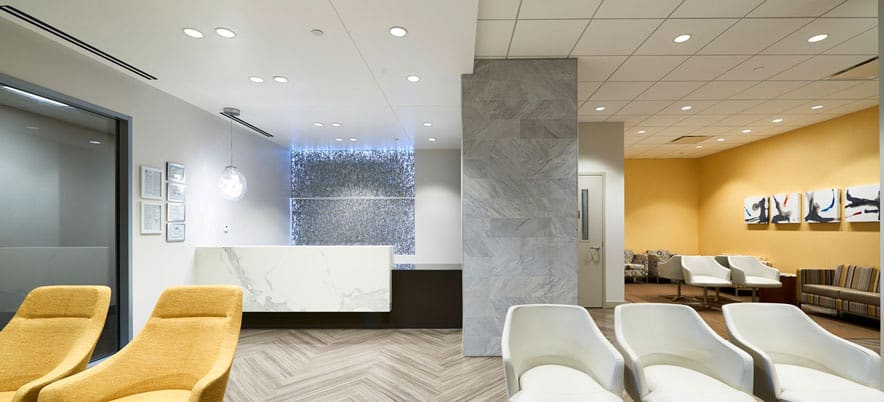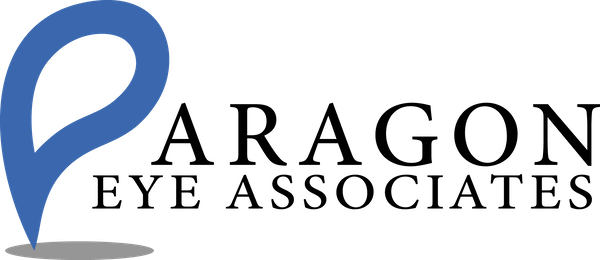If your vision has declined, LASIK eye surgery may be a good option to consider. Whether it’s nearsightedness, farsightedness, or astigmatism, this surgery can provide welcome improvement to your vision. If you’re interested in learning more, get in touch with the team at Paragon Eye Associates by requesting an appointment online or calling (682) 325-1974.
What is LASIK Eye Surgery?
LASIK eye surgery is perhaps the most widely-known but poorly understood procedure in ocular care. Simply put, this laser treatment is used to correct vision problems. During a typical LASIK surgery, a special type of cutting laser is used to precisely change the shape of the clear dome-shaped tissue at the front of your eye to improve vision. Glasses and contact lenses offer a solution to vision problems, but for a permanent fix, LASIK is the way to go.
Am I a Candidate For LASIK?
Candidates for LASIK eye surgery can be identified by these qualities:
- 20 years old or older
- Free of eye disease(s)
- Good overall health
- Stable vision for at least one year before your LASIK treatment
This surgery is optional but is worth considering if your eyesight is getting worse. Moreover, if you wear glasses or contacts and find them uncomfortable, LASIK may offer an optimal solution. Thanks to modern technology, LASIK procedures pose minimal risks and can provide a major improvement.
Once you have been deemed a candidate for LASIK, we will go over your instructions and provide you with all of your aftercare drops and supplies.

How is This Procedure Performed?
For the procedure, you will report to our surgery center and be assessed by our excellent team of nurses. We will give you some medicine to relax you, and the doctor will go over the procedure once again.
During the painless laser procedure, a thin flap is made in the cornea, and the underlying corneal tissue is precisely reshaped to correct your specific vision problem. Once the procedure is completed, the flap is repositioned back in place, and your eye heals naturally. As a patient undergoing eye surgery, you will essentially only see an interesting light show. Almost all of our patients are pleasantly fascinated by the experience.
Frequently Asked Questions
The entire procedure takes approximately 5-10 minutes in total.
The LASIK procedure involves no pain. The eye is numbed with simple eye drops; no needles or injections are used.
The day after the procedure, patients can see clearly and can resume their normal activities.
Although vision generally improves dramatically right away, it is normal for some patients to experience small vision changes during the first month.
Schedule LASIK Eye Surgery in Mansfield, Texas
At Paragon Eye Associates, our team of experts can provide excellent LASIK eye surgery results, giving you the vision you deserve. To get started, simply fill out the form below. You can also get in touch over the phone by dialing (682) 325-1974. Evaluations are offered at both locations, and surgery is performed at our Mansfield surgical center.



